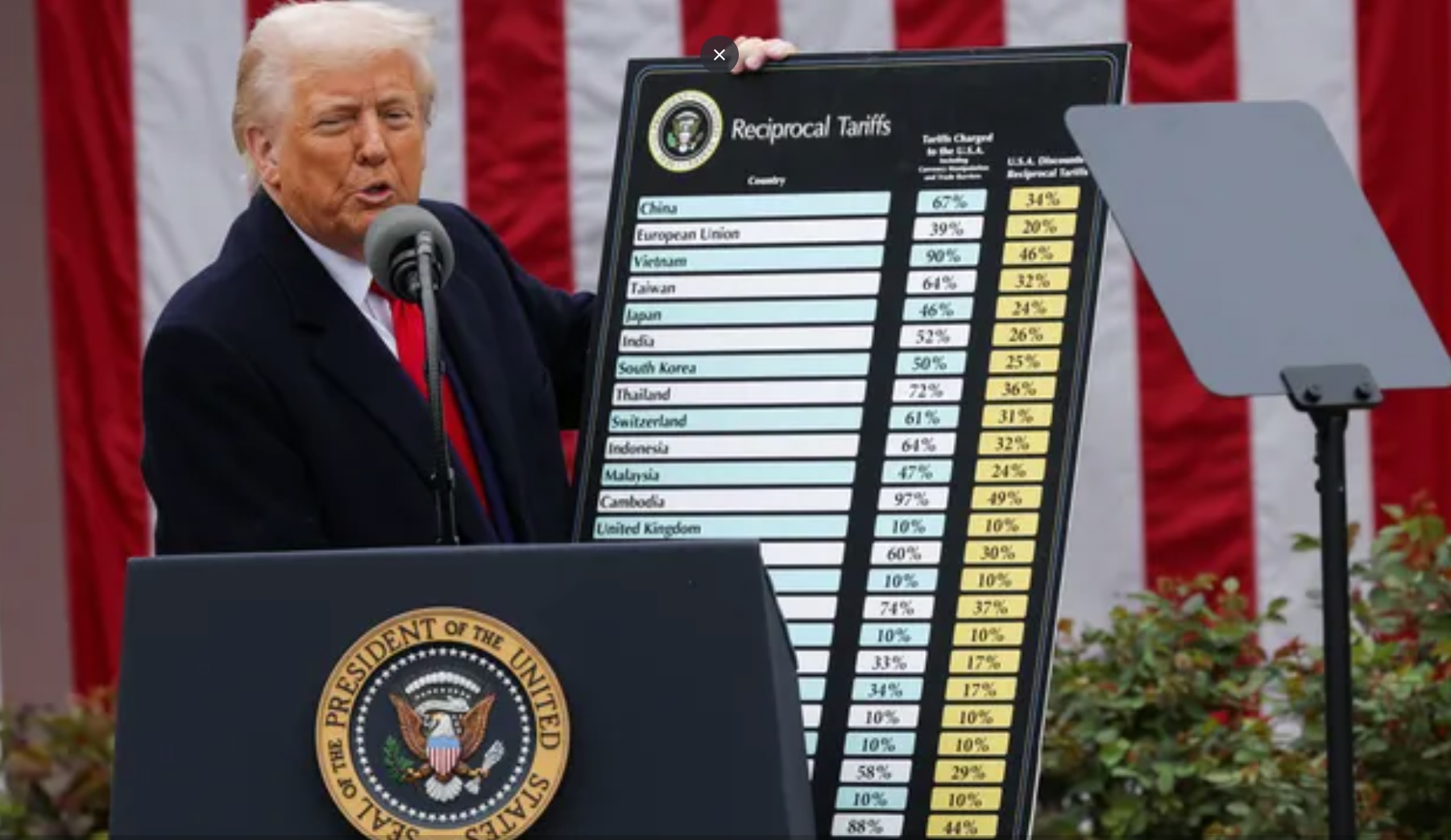What if US tariffs don’t work?
The first issue, of course, is to define ‘tariff success’. We can’t know for sure what constitutes success. But there’s probably three or four definitions according to the US Administration.

These include reducing the trade deficit, generating significant tax revenues, reshoring US production and getting more foreign firms to produce in the US. Many analysts will concentrate on the first; reducing the trade deficit. They highly doubt that tariffs will reduce the trade deficit over time, although they are certainly increasing it at the moment as importers stock up ahead of the tariffs.
Why do we doubt any improvement? There’s a theoretical argument and an historical argument. The former is that a trade deficit is a truism borne of the fact that US savings, both private and public, are deficient relative to investment. It is no coincidence that countries with higher savings propensities, budget discipline, and weak investment have trade surpluses – think Germany. Unless tariffs change this savings/investment imbalance in the US a positive way it seems hard for the trade deficit to shrink.
Could this imbalance be altered by tariffs? It is possible. For instance, public dissaving (the budget deficit) could be improved if tariffs raise substantial revenue. However, there seems to be a presumption within the Administration that any surplus revenues would be ploughed back into the economy so that tariffs fit its description of being a tax cut, not an increase.
Another way that the savings/investment imbalance could improve is through a significant US recession, but many analysts doubt that the Administration wants to see this however much it hopes for an improvement in the trade balance. The second point about the trade balance is that there’s no real historical evidence that tariffs improve trade, perhaps other than through generating a debilitating recession. Many news showed how net aggressive trade actions by the US have risen sharply since Trump’s first term but the goods trade deficit today is close to 50% bigger than when Trump first took office in 2017. For these reasons, it is very sceptical that tariffs will lead to a notable improvement in the US trade balance.
Just whether this counts as a failure depends on whether other tariff aims have been met, like big tax revenue targets (USD600bn per year according to Trump Aid Navarro). Given that we are sceptical on this too, we have little doubt that tariff policy will be seen as a failure to most non-partisan observers. What if it is seen as a failure by the Republicans as well? What can they do about it? Steven Barrow, Head of Standard Bank G10 Strategy said one answer, which has clearly done the rounds is to devalue the US dollar. A so-called Mar-A-Largo accord amongst major nations to bring the dollar down, like the Plaza accord in 1985, has been the subject of much debate.
To hammer other countries like Germany and Japan (who participated in the Plaza accord) with tariffs and then expect them to support a US dollar devaluation policy seems to be asking a lot. Steven Barrow doubted it would happen. But that does not rule out the US going it alone to try to bring the US dollar down. President Trump seemed to wage a one-man campaign to bring down the US dollar in his first term as he constantly complained that the US dollar was “killing us”. But it barely caused a ripple in the FX market, or so it seemed. For we should not forget that the dollar did fall slightly through Trump’s first term as opposed to the rallies we saw during the prior Obama presidency and the subsequent Biden term.
Moreover, Steven Barrow said that the greenback would be in a more vulnerable position now and potentially more amenable to devaluation rhetoric. “We don’t expect this to happen soon. Tariffs will be given time to work (or not work, in our view). But through the life of Trump’s current presidency (assuming it is only one term) we still believe that he will leave the dollar at a lower level than where he found it. Just like the first time”, said Steven Barrow.








